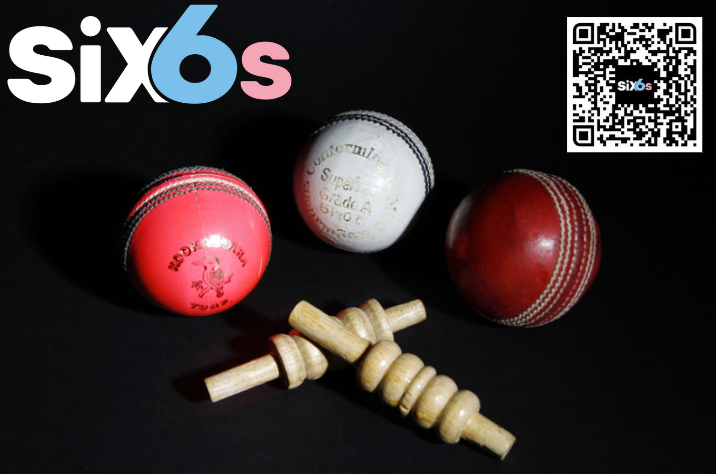Is the T20 and ODI ball the same? This is a common question asked by cricket fans, especially those who are new to the sport. In this article, we will take a look at the similarities and differences between the T20 and ODI balls, as well as the reasons for these differences.

T20 and ODI cricket are two of the most popular formats of cricket in the world. T20 is a fast-paced format of the game, with each team batting for 20 overs. ODI cricket is a longer format of the game, with each team batting for 50 overs.
Despite the differences in format, T20 and ODI cricket have a lot in common. Both formats are played with a hard, leather cricket ball. However, there are some key differences between the two balls.
Similarities between the T20 and ODI ball:
- Both the T20 and ODI balls are made of leather.
- Both balls are hard and weigh between 5.5 and 5.75 ounces.
- Both balls have a circumference of between 9 inches and 9.25 inches.
Differences between the T20 and ODI ball:
- The T20 ball is generally newer and harder than the ODI ball.
- The T20 ball is also slightly smaller than the ODI ball.
- The T20 ball has a more pronounced seam than the ODI ball.
Reasons for the differences between the T20 and ODI ball:
There are a few reasons for the differences between the T20 and ODI ball.
- To reduce the impact of swing: Swing is a movement of the ball in the air caused by its interaction with the atmosphere. Swing can be a major advantage for bowlers, and can make it difficult for batsmen to score runs. The T20 ball is newer and harder than the ODI ball, which reduces the impact of swing.
- To make the game more exciting: T20 is a fast-paced and exciting format of the game. The T20 ball is slightly smaller and has a more pronounced seam than the ODI ball, which makes it easier to hit for runs. This makes the T20 game more exciting for both batsmen and bowlers.
Conclusion:
Although there are some significant changes, T20 and ODI balls are extremely similar. In general, the T20 ball is smaller, fresher, and tougher than the ODI ball. The seam on the T20 ball is also more noticeable than on the ODI ball. The purpose of these modifications is to lessen the influence of swing and increase the excitement of the T20 game.
Meta description:
Is the T20 and ODI ball the same? This article explains the similarities and differences between the two balls, as well as the reasons for these differences.
Subcategories:
- Similarities between the T20 and ODI ball
- Differences between the T20 and ODI ball
- Reasons for the differences between the T20 and ODI ball
- Impact of the different balls on the game
Additional information:
In addition to the differences mentioned above, there are a few other things to note about the T20 and ODI balls.
- The T20 ball is typically white, while the ODI ball is typically red. This is to make the ball more visible at night, as T20 matches are often played under floodlights.
- The T20 ball is also slightly shinier than the ODI ball. This is to make it easier for batsmen to hit for runs.
- The T20 and ODI balls are both handmade, but the T20 ball is generally made to a higher standard. This is because the T20 ball is subjected to more wear and tear than the ODI ball.
Overall, the T20 and ODI balls are very similar. However, there are a few key differences that are designed to make the T20 game more exciting and to reduce the impact of swing.
